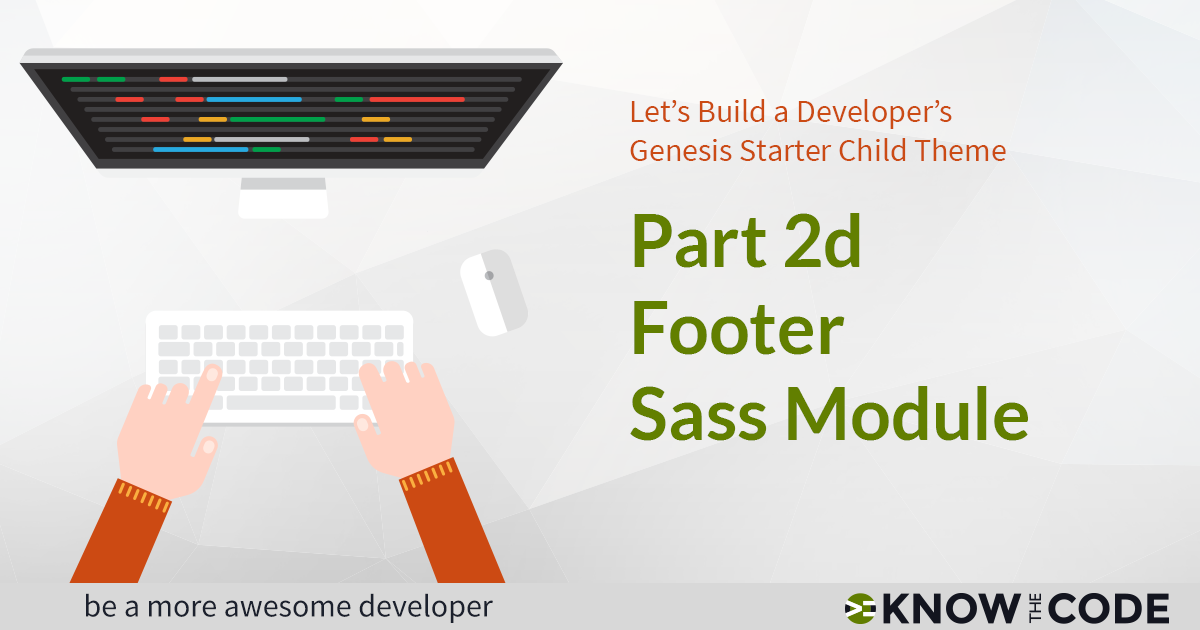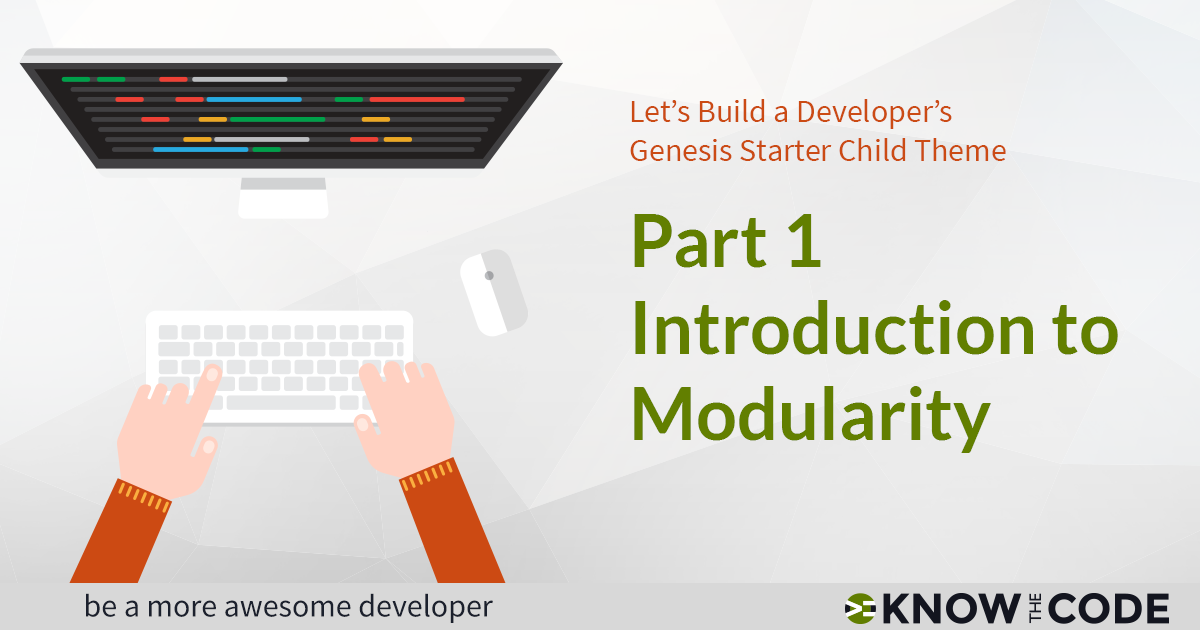In this lab, you and I are going to finish the footer module by bringing in the media queries, refactoring, and assigning new variables. Why don’t you try to finish this module on your own using the strategies that you learned so far? Then watch these videos to see how Tonya thinks about refactoring.



